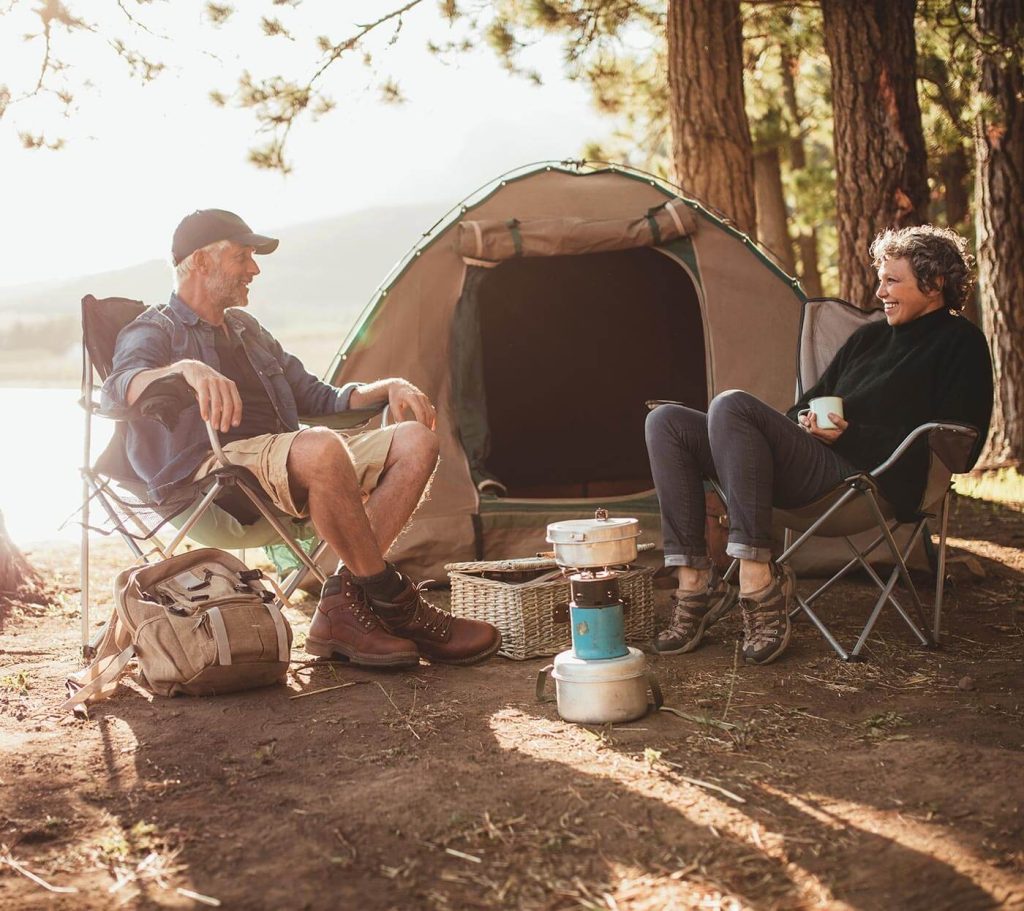How to Pack a Sleeping Bag Into a Compression Sack for Backpacking
Ever been the last one packing up in the morning while everyone else is ready to hit the trail?
To pack a sleeping bag into a compression sack for backpacking, start by stuffing it from the foot end, pushing it down firmly and evenly, then tighten all compression straps to reduce its volume efficiently.
It’s frustrating to waste time and energy on something that should be simple. I used to fumble with this every time I packed. Eventually, I figured out a method that works every single time. Let me show you how.
Why is it hard to stuff a sleeping bag into a compression sack?
It seems easy, right? Just roll and squeeze. But most people struggle because they use the wrong technique.
Stuffing a sleeping bag incorrectly causes uneven bulk, trapped air, and inefficient compression. Rolling it first can even damage the insulation over time.
What happens when you roll instead of stuff?
Rolling seems neat, but it doesn’t work well. Here’s why.
| Method | Pros | Cons |
|---|---|---|
| Rolling | Looks tidy | Traps air, takes longer, stresses seams |
| Stuffing | Faster, more compact | Requires learning proper technique |
| Folding | Easy for beginners | Less efficient, inconsistent compression |
When I switched to stuffing from the foot-end first, the bag compressed evenly. No more puffy ends or struggling with the lid. The air naturally escapes as you push down, and it forms around the shape of the sack. Compression straps then do the rest.
How do compression straps work?
People often tighten the straps without knowing what they’re really doing.
Compression straps apply even pressure across the packed sleeping bag, squeezing out air pockets and reducing size for better pack space.
Strap technique matters
There’s a system to tightening straps properly. Here's what I do:
- After stuffing, close the drawstring top of the sack.
- Position the lid and align the straps evenly around the bag.
- Tighten opposite straps one at a time, pulling gradually.
- Repeat until all are snug and the shape is uniform.
| Step | What to Do | Why It Helps |
|---|---|---|
| Stuff first | Push foot-end in first | Releases air, avoids bunching |
| Close top | Pull drawcord tight | Seals bag, keeps it in place |
| Strap down | Tighten evenly, in opposite sequence | Balanced compression, no stress points |
This keeps your sleeping bag safe and lets you use that extra pack space for other essentials.
What type of sleeping bag works best with compression sacks?
Not all sleeping bags compress the same way. Your material matters.
Down sleeping bags compress more easily than synthetic ones because of their high loft and flexible insulation fibers.
Down vs Synthetic: which packs smaller?
From my experience, down bags save the most space. Here's a quick comparison:
| Feature | Down | Synthetic |
|---|---|---|
| Weight | Lighter | Heavier |
| Compressibility | High | Medium |
| Moisture Tolerance | Low (unless treated) | High |
| Price | More expensive | More affordable |
For long treks where space and weight matter, down is my go-to. But if moisture or budget is a concern, synthetic is more practical.
Should I use a compression sack at all?
Some hikers don’t use them. But I never leave mine behind.
Compression sacks reduce pack volume, protect your sleeping bag, and help keep your backpack organized.
When a compression sack makes all the difference
I remember one rainy trip where everything got soaked — except my sleeping bag. Why? The compression sack had a water-resistant lining. That meant I could sleep warm and dry that night.
| Benefit | Why It Matters |
|---|---|
| Space saving | More room for food, gear, clothing |
| Moisture control | Keeps insulation dry and effective |
| Organization | Packs cleanly, prevents loose gear |
| Protection | Reduces wear and tear during hiking |
Whether you're out for one night or five, a good compression sack keeps you prepared and organized.
Conclusion
Packing a sleeping bag into a compression sack the right way saves space, protects your gear, and makes your backpacking trip smoother.
Want gear that supports your outdoor adventures with reliable, customizable quality? Visit www.kingrayscn.com or contact Lisa Wang at marketing@kingrayscn.com to get started.


